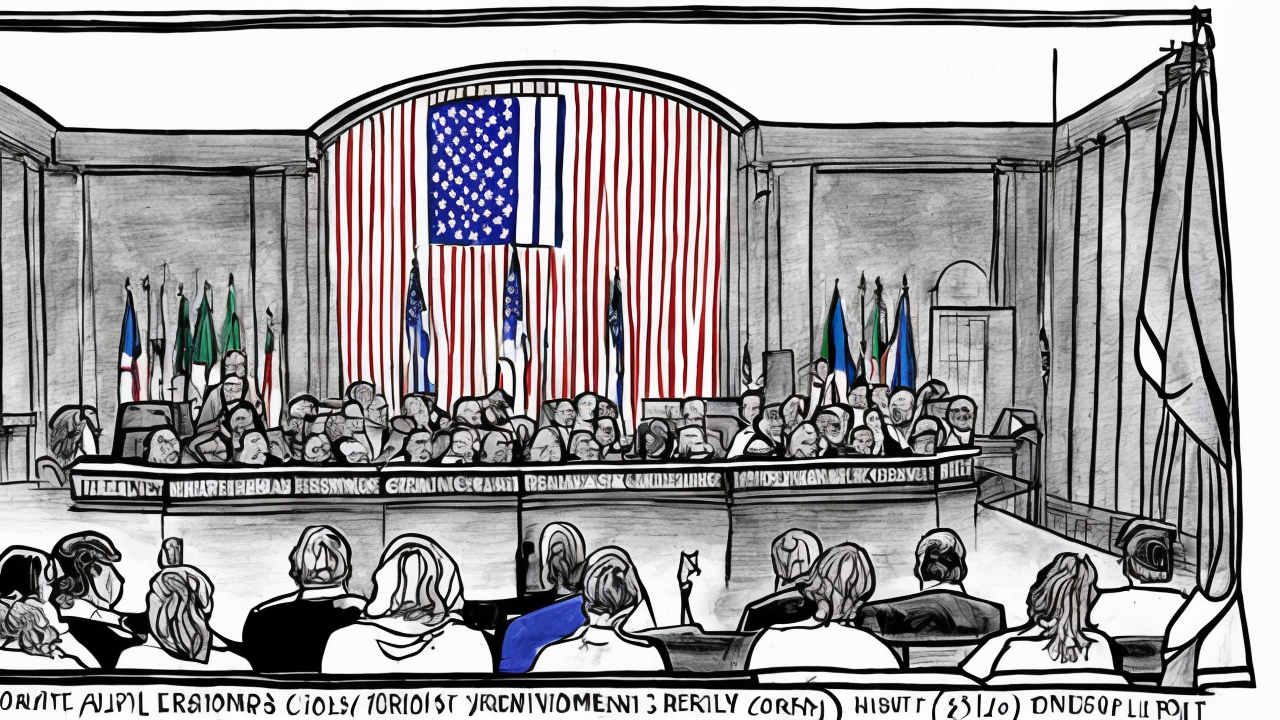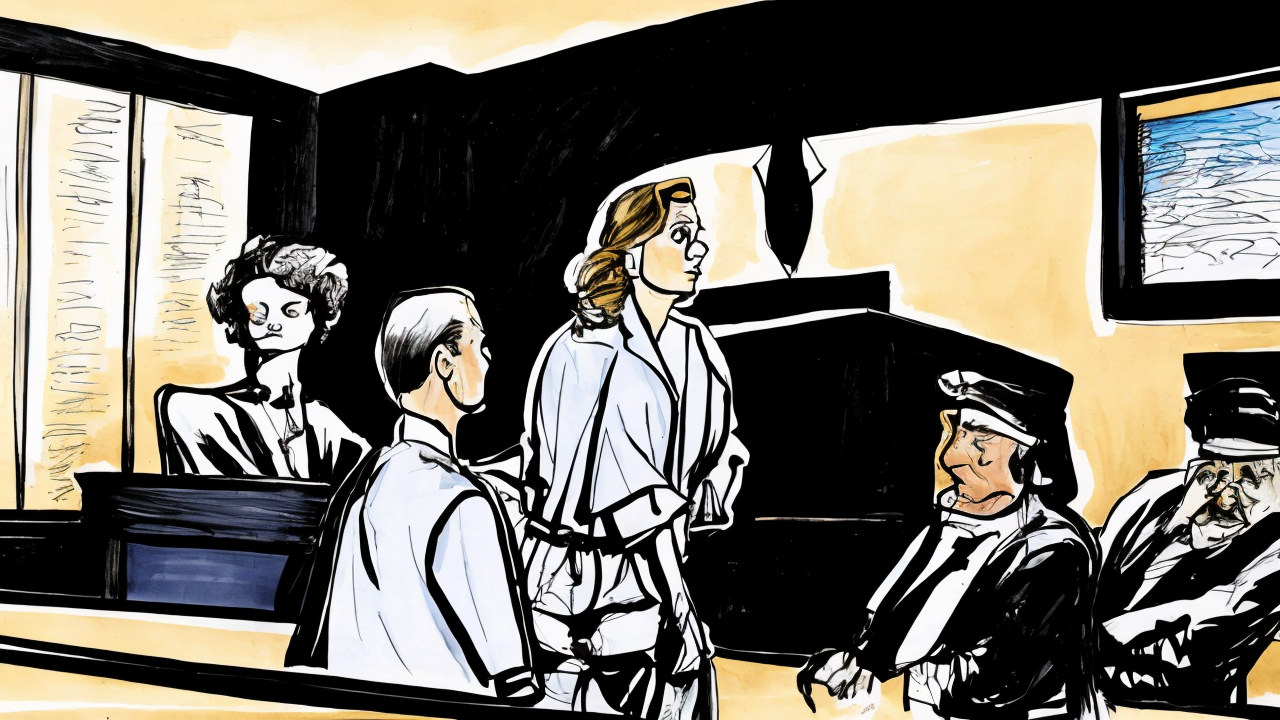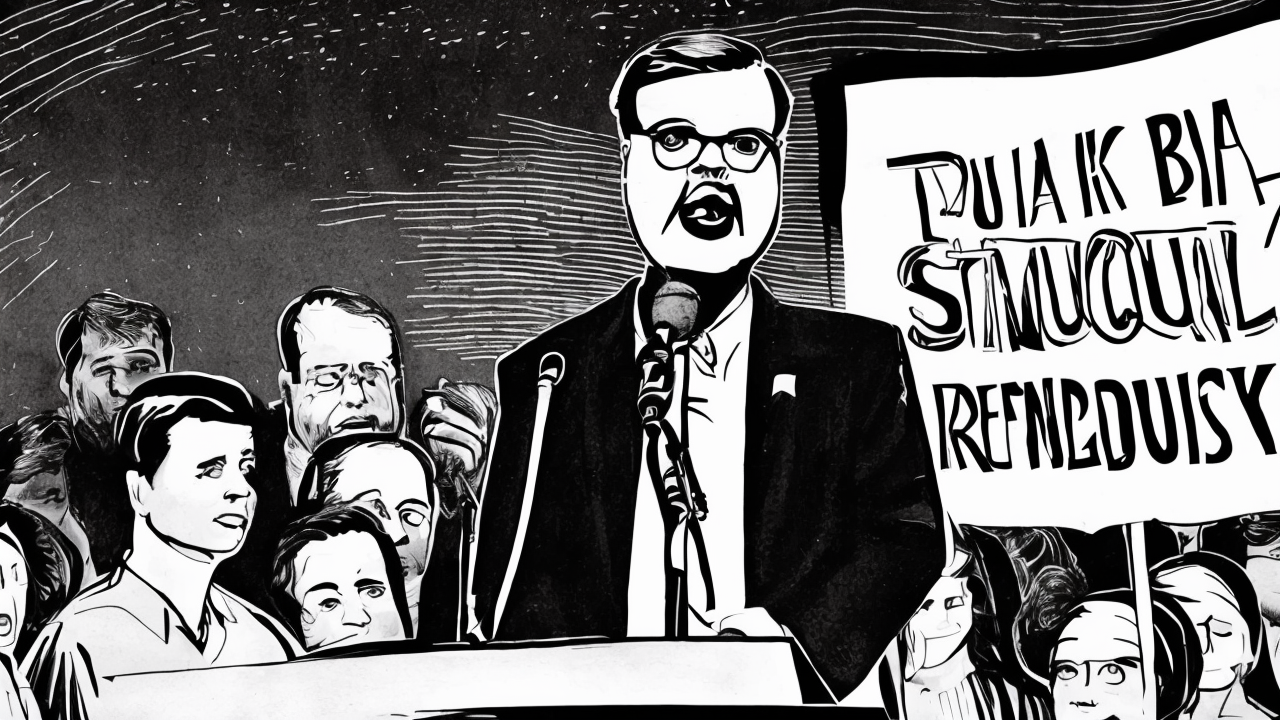Obamacare Subsidies Expire Amid Fraud Concerns and Fiscal Burden

The expiration of enhanced Obamacare subsidies at the end of the year marks a pivotal moment in America’s ongoing effort to restore balance to its healthcare system. For over a decade, the federal government has poured billions into a program that, while well-intentioned in its aim to expand access, has increasingly prioritized political convenience over fiscal prudence and ethical responsibility. Now, as temporary benefits end, we have a rare opportunity to reassess what truly works—and what doesn’t.
Nearly half of all individuals enrolled in the health insurance marketplace currently receive subsidies that cover their entire premium. This level of support was introduced during the pandemic as a temporary measure, but it has remained in place far beyond its original intent. While the immediate impact of higher premiums may be felt by some, the long-term consequences of continuing this arrangement are far more damaging. The Congressional Budget Office recently reported that over 2.3 million people falsely reported higher incomes to qualify for aid, resulting in $13.9 billion in improper payments in 2025 alone. A broader review suggests the number of questionable cases may reach as high as 6.4 million—costing taxpayers nearly $27 billion.
These numbers are not just statistics; they represent a system under strain. In states that have not expanded Medicaid, low-income individuals—many of whom earn below the poverty line—face a difficult choice: either go without coverage or inflate their reported income to qualify for subsidies. This creates a perverse incentive, where honesty is punished and deception is rewarded. The burden falls disproportionately on states that have chosen to maintain their own fiscal discipline, while others rely on federal funds to cover costs they would otherwise manage.
Even more concerning is what these subsidies fund. Under current rules, federal money supports insurance plans that cover procedures related to abortion and gender transition care. For many Americans—especially those grounded in faith and traditional values—this is not simply a matter of policy preference. It is a moral issue. When taxpayer dollars are used to fund medical treatments that conflict with deeply held convictions, it raises serious questions about consent and conscience. No one should be forced to subsidize care they believe is ethically wrong.
The reality is that even with the end of enhanced subsidies, the federal government will still cover 75 to 80 percent of premiums on average. Most enrollees will see only modest increases—around $60 to $85 per month. For the vast majority, this is a manageable adjustment. Only a small fraction—about 7 percent—will face steeper jumps, but even then, these are not insurmountable challenges. The real cost of inaction is far greater: continued waste, growing fraud, and a system that increasingly erodes trust.
This moment is not about turning people away from care. It is about restoring integrity. It is about ensuring that public funds are used with accountability, not generosity for the sake of political optics. It is about recognizing that healthcare should be affordable, not dependent on federal overreach. It is about empowering individuals to make choices that reflect their own values, not those dictated by centralized bureaucracy.
The expiration of these subsidies is not an endpoint—it is a turning point. It signals a shift toward a system that values transparency, personal responsibility, and sound stewardship. It invites us to build a future where access is real, cost is predictable, and principles matter. The time for patchwork fixes and endless bailouts is over. Now is the time to move forward with wisdom, integrity, and a renewed commitment to the common good.
Published: 10/30/2025








